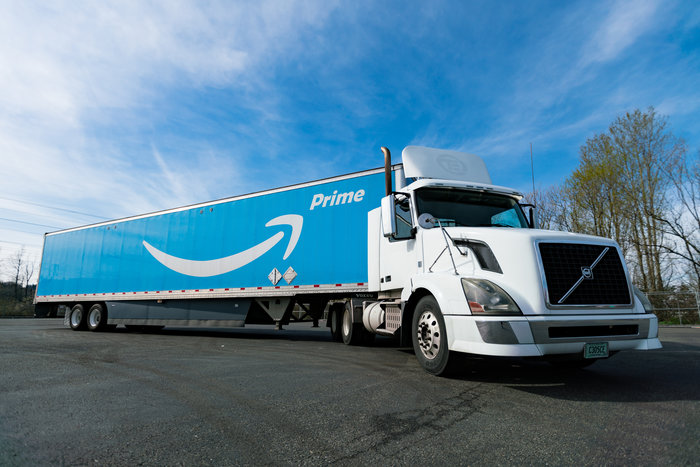Amazon is cracking down on customers abusing its returns policy. It’s a complex issue to solve, and has implications for the burgeoning e-commerce returns sector.
The Wall Street Journal has reported that even Amazon has its limits and bans shoppers from the site for infractions such as returning too many items, sometimes without telling them what they did wrong.
Amazon is known for its customer obsession and one element of this is ease of returning unwanted purchases. In fact, Amazon’s liberal return policies have conditioned consumers to expect the same treatment from other retailers.
While this system works for the majority of shoppers, some are finding out there are some customers Amazon has determined aren’t worth keeping.
Dozens of people complained online that Amazon closed their accounts without warning or explanation. Amazon doesn’t tell customers in its return policy that their return behavior can get them banned, but the company says in its conditions of use that it reserves the right to terminate accounts at its sole discretion. Some people said they have also received email alerts from Amazon about their return activity.
The scale of the problem
Retailers such as Amazon lose billions of dollars annually because of return abuse or fraud. As it is caused by about one in a hundred customers, steps are taken to identify the ‘black sheep’.
When Marek was on his Amazon induction in the USA, he was able to see just how far some customers would go. The worst example he noted was a gentleman who bought very expensive camera lenses – several hundred dollars each – and returned almost identical lenses costing a fraction of their price.
Amazon had a formula that took account of historic amounts spent against refunds. Potential miscreants were flagged up and they were banned and, in extreme cases, fraud recovery was initiated.
Identifying problem customers
Amazon is not alone in seeking to deal with this issue. Several other US retail chains such as Best Buy, Home Depot and J.C. Penney have hired a third-party firm called Retail Equation, which uses a scoring system on each customer for the purpose of policing returns.
When you think about it, this is a real challenge. On one hand, Amazon wants customers to have the best possible experience; on the other, it can’t allow returns malpractice to spread uncontrollably.
From our perspective, retailers are right to seek to control unreasonable and often fraudulent behavior. Just the same, they should pre-warn customers at risk of being banned in some delicate manner. Options like Retail Equation’s are effective, but can upset customers if refusals are badly communicated.
Amazon cracking down on returns seems at odds with its Amazon Wardrobe service, which encourages a ‘try before you buy’ mentality.
So, should retailers seek to minimize returns via showrooming, or are incentives for customers the best way to tackle excessive levels of returns? Nobody has cracked the formula yet.
What does this mean for the delivery sector?
E-commerce returns represent about 30% of purchases, compared with closer to 5% of in-store purchases. There has been a growing focus in the delivery sector on providing e-commerce returns solutions for retailers.
Is this 30% figure inflated by serial and malicious returners? Perhaps it is, but the need for cost-effective and practical e-commerce returns solutions will remain.
Key considerations for delivery companies implementing e-commerce returns solutions will include simple, easy and cost-effective collections (ideally via locker or PUDO); inspecting returned goods where needed; packaging of returns; and environmental considerations such as whether returns should be sent express or via a more environmentally sensitive service?
This is a big market and those who can do it well and cost-effectively will have retailers lining up.
Ian Kerr is the founder and host of the Postal Hub Podcast, the weekly podcast for the postal and delivery sectors.

Marek Różycki is managing partner at Last Mile Experts, specializing in CEP and e-commerce last-mile advisory.



